I think that camera reviews should be written either within 3 months from initial purchase or after a much longer time, like 5 years maybe. After a few weeks of use, any average photographer would know by heart button locations, quickly change the camera settings, know what's the highest ISO and the minimum usable shutter speeds, how the autofocus works and so on. And obviously shot a few hundreds photographs in different locations and situations.

After this initial period, he is either using the camera (and enjoying it) or decided to look elsewhere. And if he continues to use that camera, he starts to find loopholes, alternative ways to go around certain defects, until he no longer remembers what was the problem in the first place -- and the longer way to accomplish a task becomes the norm.
So this is the moment to write something about the camera; when you're still excited by the toy, but you also think about the many things that could be fixed. When you can honestly tell others what works, what doesn't, and find an argument to why you see yourself clinging to the toy until the end of times.
And that is really my plan here, to put down in words1 what I think about this Fuji X-Pro1 that I bought second hand a few months ago; an "old" camera (I believe it came out almost 5 years ago), that according to the general consensus deserves nothing better than a place in memory lane.
The executive summary it this: I believe this X-Pro1 is a keeper.
Despite its younger, shiny brother is already out in the wild, I like this X-Pro1 and I'd recommend it2. I have been using it almost exclusively for the past few months, and haven't really touched my Nikon D600 and my Olympus OMD (despite having only one lens for the Fuji -- the 35mm f/2 WR).
The reasons:
-
The body, and how it feels in your hand. Surprisingly solid when you shoot, no fear of blurry pics when using slow-ish shutter speeds (1/50th and below). In fact that was one of the issues I had when leaving the effectiveness of the in-body stabilization of my other little camera (Olympus OM-D). It means that the camera has good mechanical damping, like the bigger Nikon that I have.
-
The controls: love the old-school dials, really really love them but there's something that I don't love:
- lack of mechanical ISO control (something Fuji fixed in the X-Pro2; I'm surprised by the many critiques about this implementation, but it's obviously people that have never used a real film camera -- does anybody really think that a physical dial is worse than using the Fn plus up/down buttons if it's EVF or Fn plus rear wheel if it's OVF?).
- no visual focus acquisition confirmation when using the camera in manual focus mode and using AE/AF-L button to activate focus (the camera beeps, but obviously it will not beep when in silent mode, which is my default).
- the focus ring (at least on my 35mm f/2) is way too long, takes thirty or so turns to go from 0 to infinity. And I don't like the fact that it's a focus-by-wire mechanism, i.e. it's just a spinny ring which does not control physically the lens assemblage. Yes it's damped to resemble some sort of mechanical resistance, and it is arguably better than the focus ring in the modern Nikon G-series lenses or those of the Olympus 45 mm and 25 mm, but still, how much I'd love to have something real, that would stop at the minimum focus distance and at infinity like the old-school lenses (incidentally, is there a reason why these new lenses cannot be made with physical hard stops at either end of the focus scale? is there an engineering issue that cannot be solved or the people at Fuji and Nikon are just cheap bastards?).
-
JPEG vs Raw, took me a long time to decide whether to go for the JPEG route which so many people swear by on the net, or follow my usual Raw-based workflow. I was not helped by the stupid way Lightroom treat Raw+JPEG pairs (inability to recognize them as such, i.e. copies of the same photos, so no automatic propagation of metadata and keywords and no possibility to choose which one was the 'final' version; incidentally, my old favourite application, Apple's Aperture, used to deal with these pairs flawlessly). At the end, after comparing JPEGs with Raw files processed using the Adobe-provided profiles, I discovered that the two things were essentially the same (full disclaimer: I didn't go into the kind of obsessive analysis that some weirdos do; if the files looked the same at 100% in Lightroom then it's good enough proof for me). So normal Raw-workflow for me. But I must admit to have a profile for a quick, intense, JPEG-only black and whites which had given me a few good shots (and zero time spent fucking around in Lightroom, big PLUS).
-
The above discussion on JPEG vs Raw also ties in with the use of electronic (EVF) vs optical (OVF) viewfinder. I admit that the presence of the OVF was the main reason why I specifically hunted for a used XPro 1 and not an XE-2 or an XT-1. I thought that shooting in-camera black-and-white only JPEGs was best done via EVF, just to train my eye at looking the world in mono. OVF on the other hand was the option to save battery power, not being distracted by the bright or subdued or otherwise different colors (and the occasional OVF lock-up when shooting consecutive frames). Right now I'm kind in the middle, using the EVF gives me an immediate feedback of focus lock when using the camera in my usual way (manual focus mode with focus activation on the AE/AF-L button) plus setting the film profile to Pro-Neg S and lower contrast/color gives me a bland baseline look similar to the unprocessed RAW, but I do use the OVF from time to time; in other words, I still can't say if my preference goes to a simple EVF-only camera or if this hybrid viewfinder is something to hold on to.
-
You know the new Leica M-D, the one with no LCD screen which sells for even more crazy money than the one with LCD (among various other things)? Call me crazy but the simplicity of that camera speaks to me in a way that's difficult to put it in words. However, I know myself and never check the back screen after taking a shot. Never. I simply prefer to shoot, and maybe "work the scene", change the composition slightly or the aperture. Using the X-Pro1 with the OVF and the shot review off it's very similar (I would imagine) to the experience of shooting a Leica M-D. You just shoot, then review at home, not bothered by the pretty colors shown in the EVF. Oh and speaking of Leicas: the other model I've lusted over is the M Monochrom (the original one with the CCD sensor); and it's also the only Leica I have actually tried. Again beautiful camera which I would buy in a heartbeat if I had that kind of money. But to reiterate the concept: use the Fuji in Monochrome film simulation with contrast jacked up or lowered down to taste, and you probably have 50% of the experience (and by "experience" I mean botch the focus the first time, fuck around with the focus ring, etc; it would be 80-90% if the X-Pro1 had no autofocus and was heavier), 90% of the quality (I'd argue it's even more than that, and I'm talking about this old X-Pro1 not even the new X-Pro2) for a fraction of the price (mine costed 300 euros, can you believe that?).
That's all folks. To conclude my non-review, here's some photos taken with the Fuji, sooner or later (or maybe never) to be updated, changed, modfied, removed depending on my mood. More of them here.



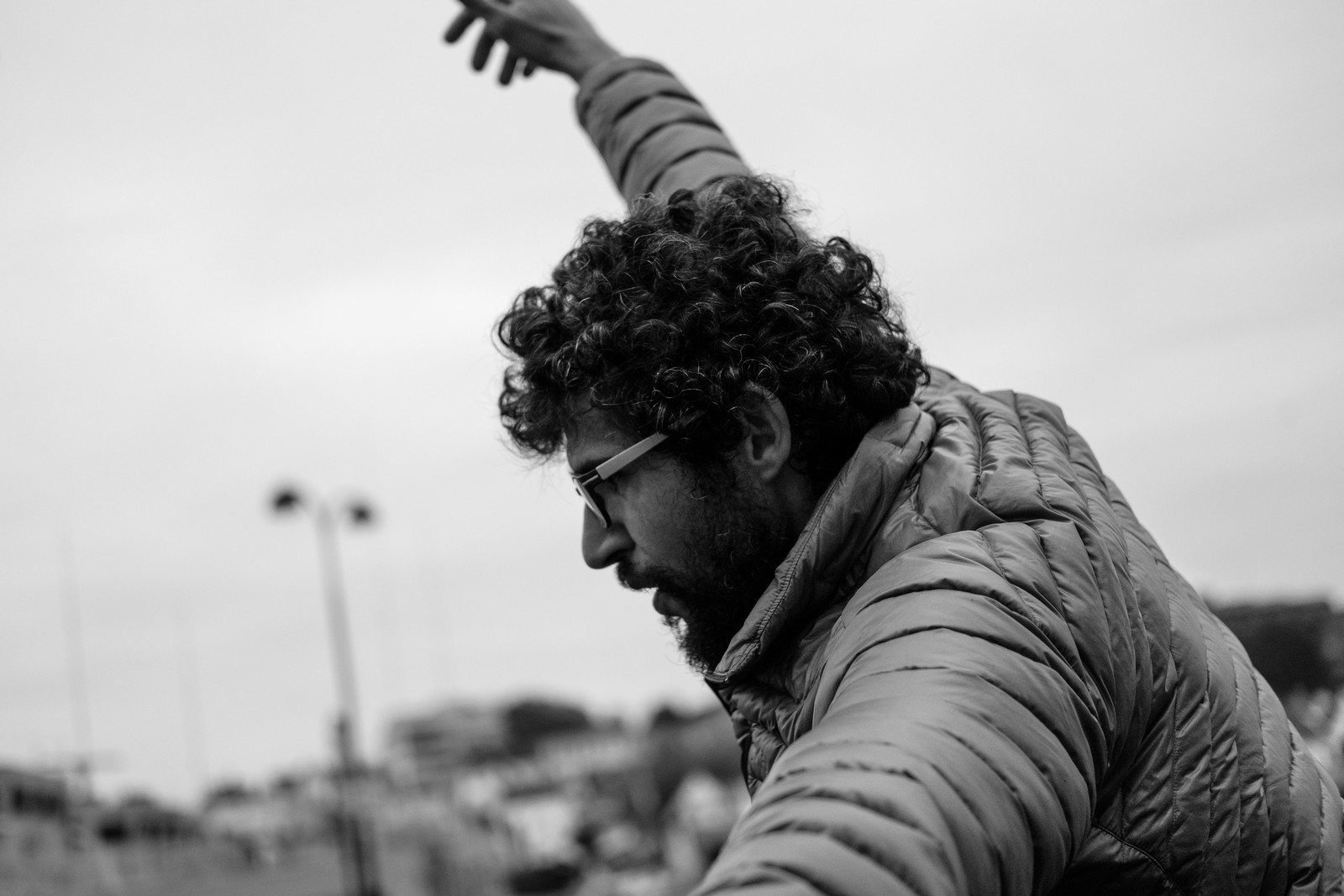
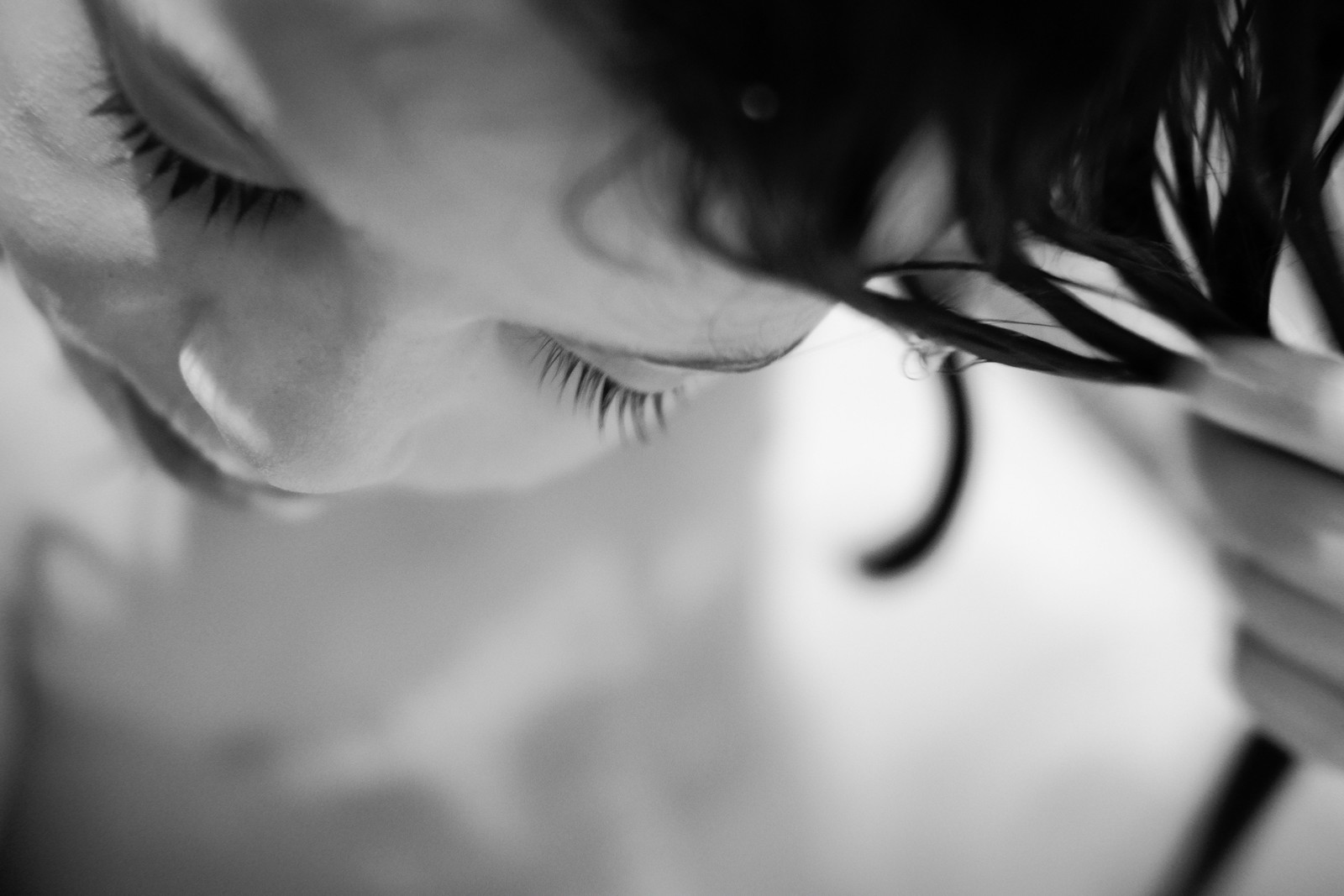
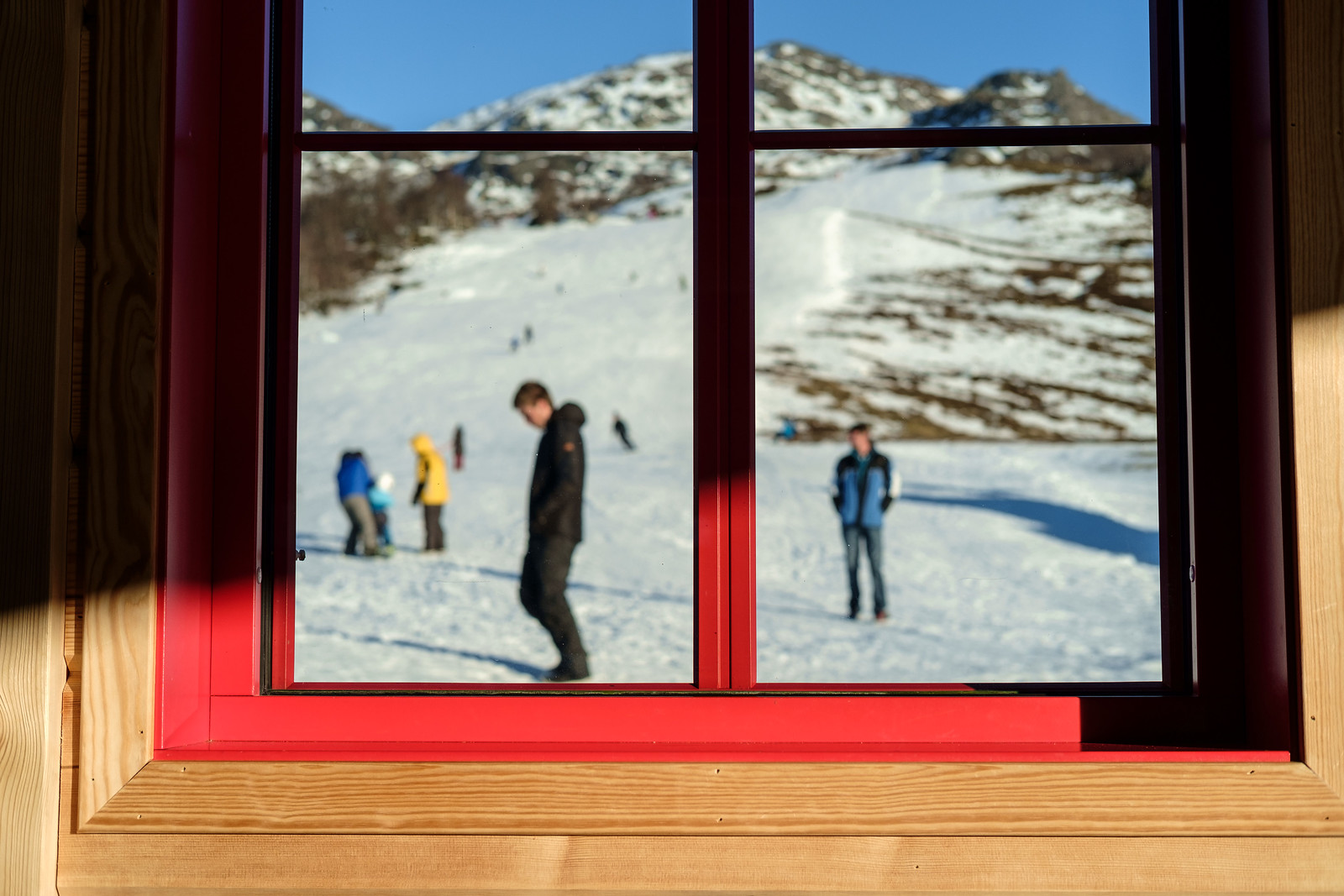
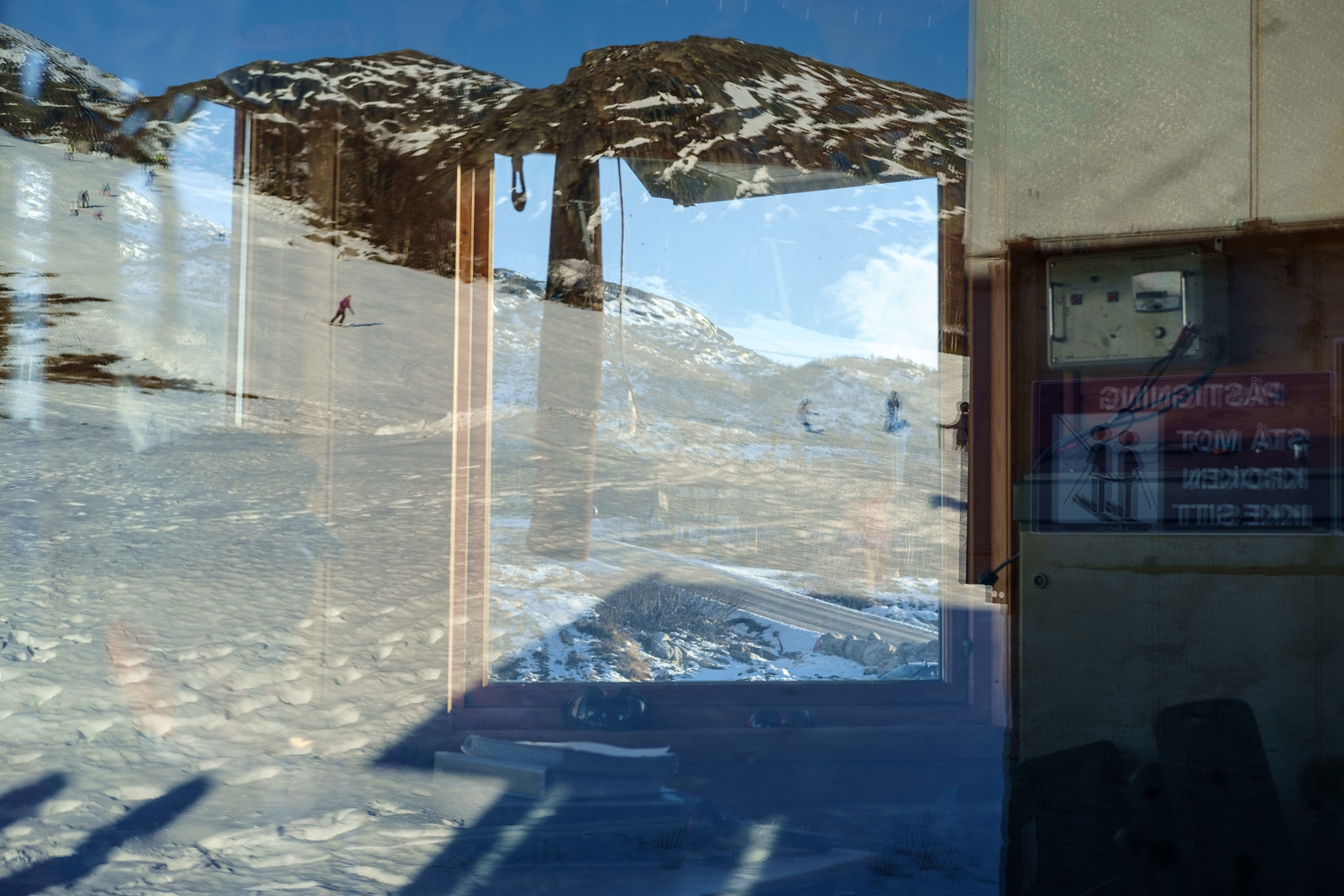

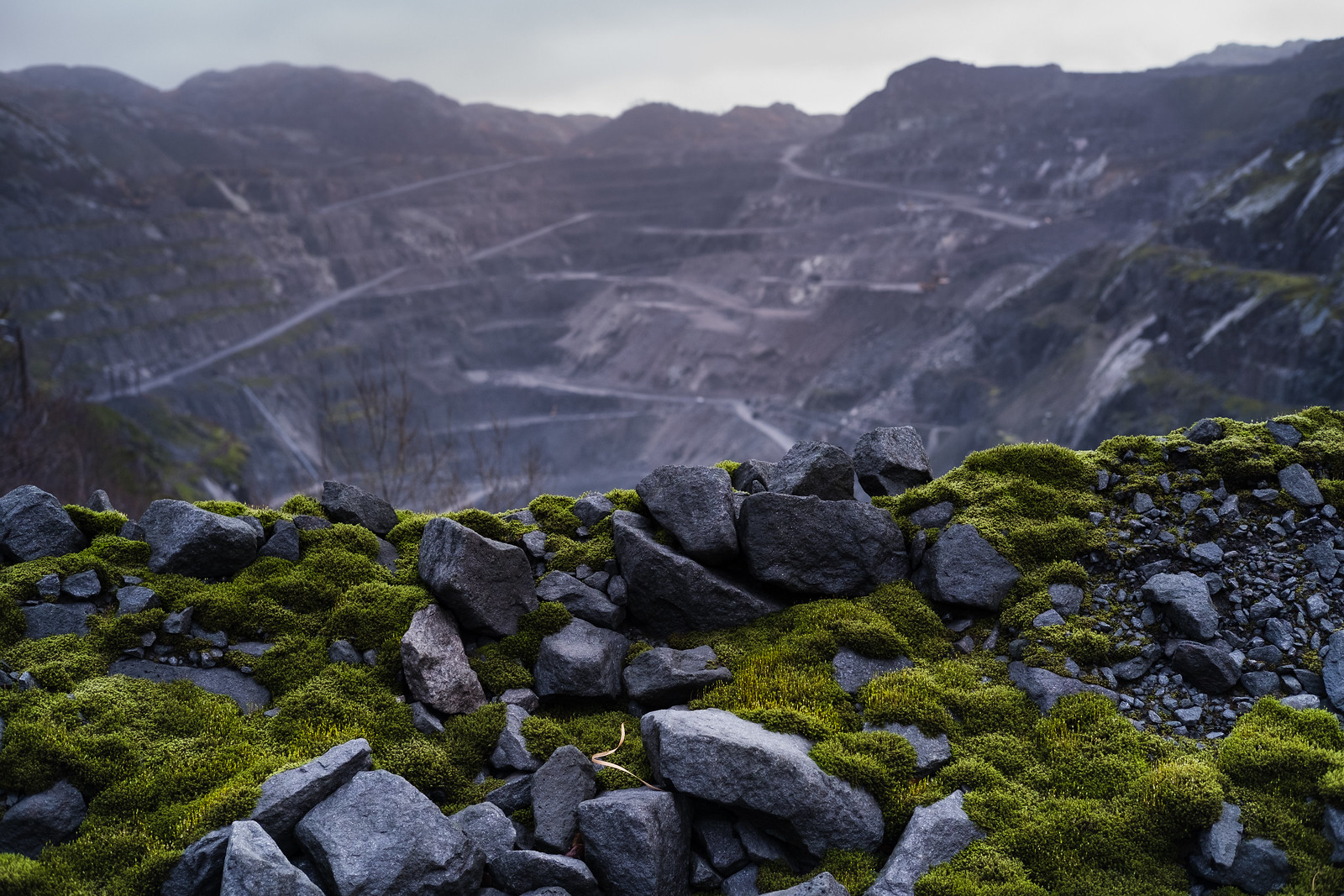
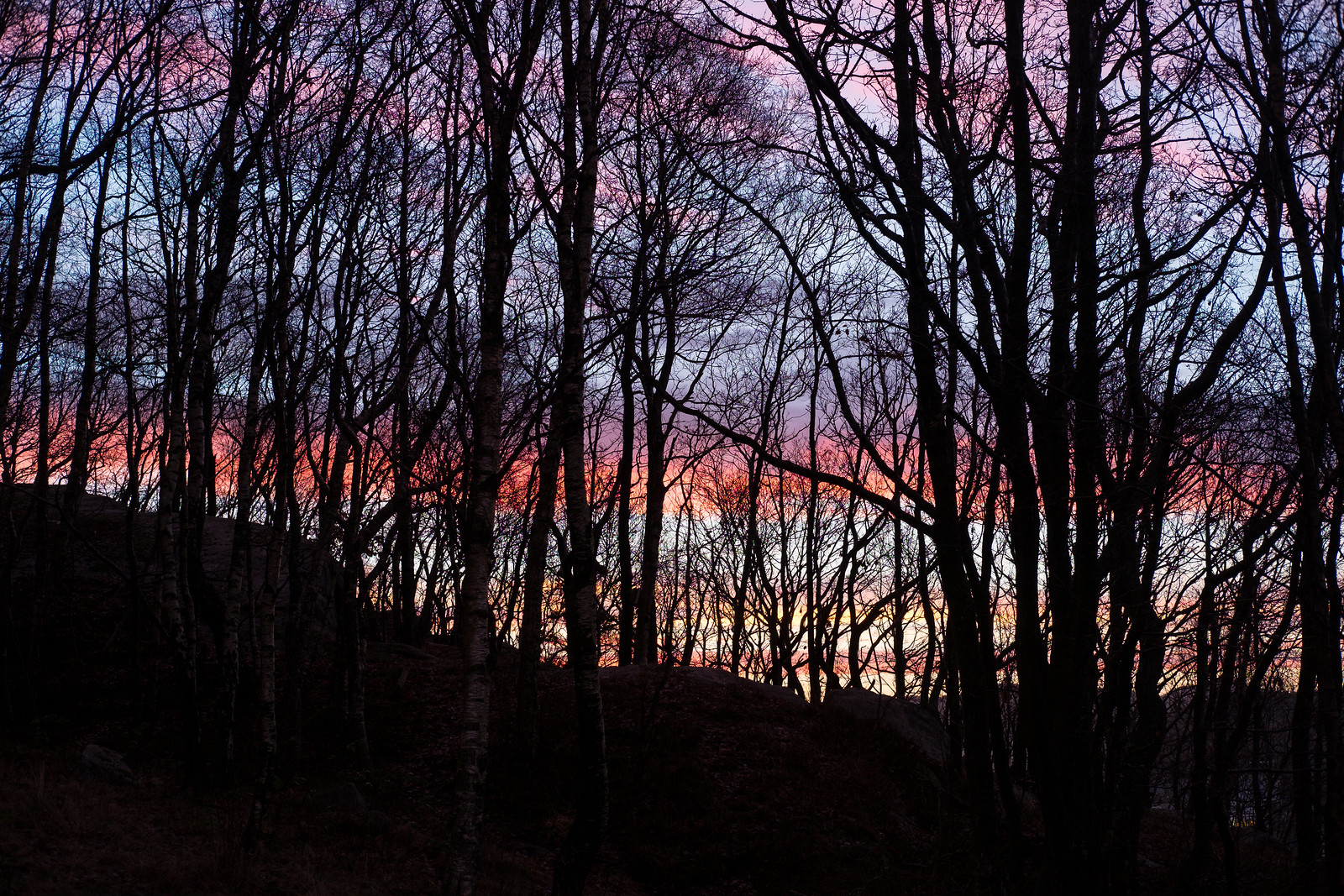

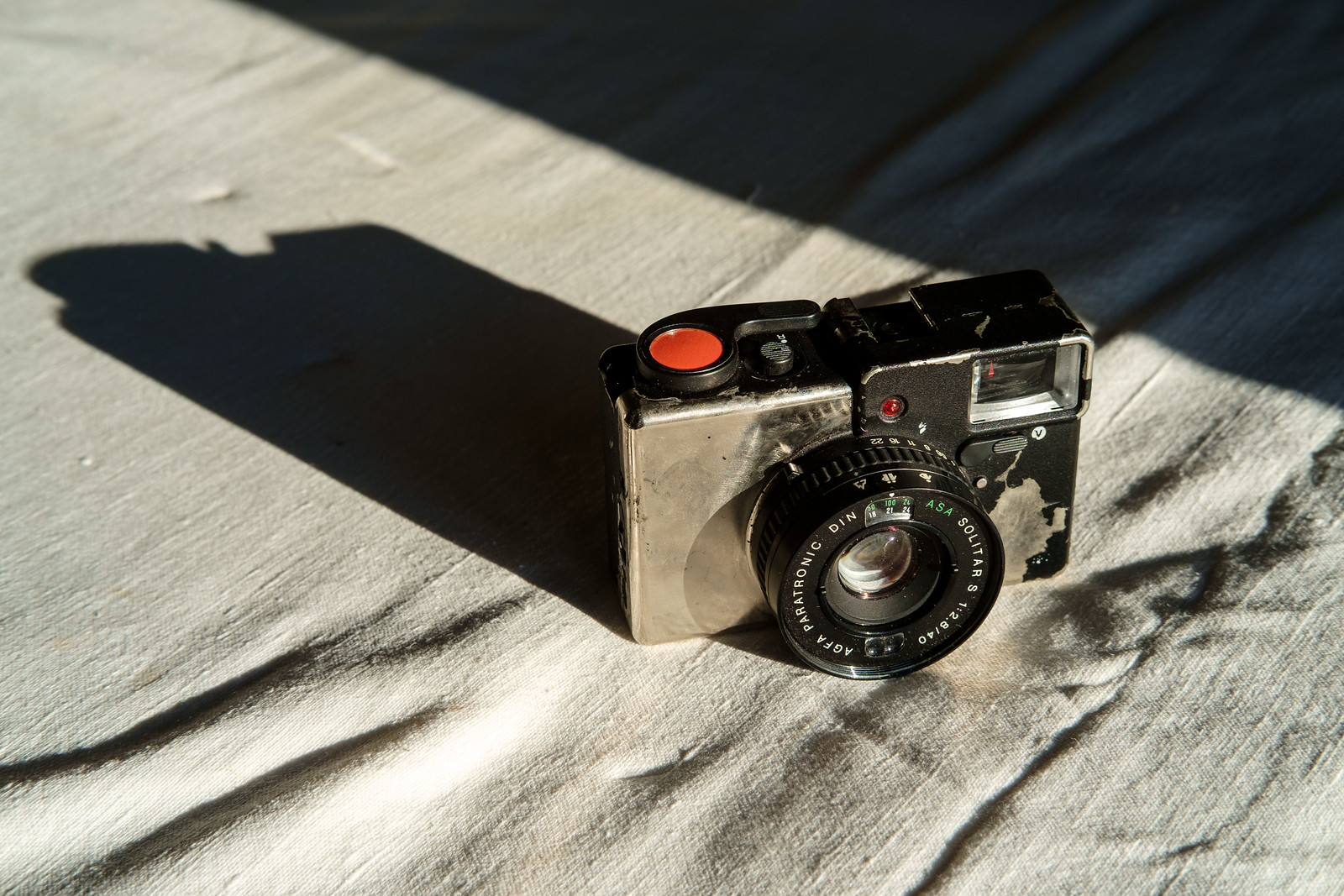
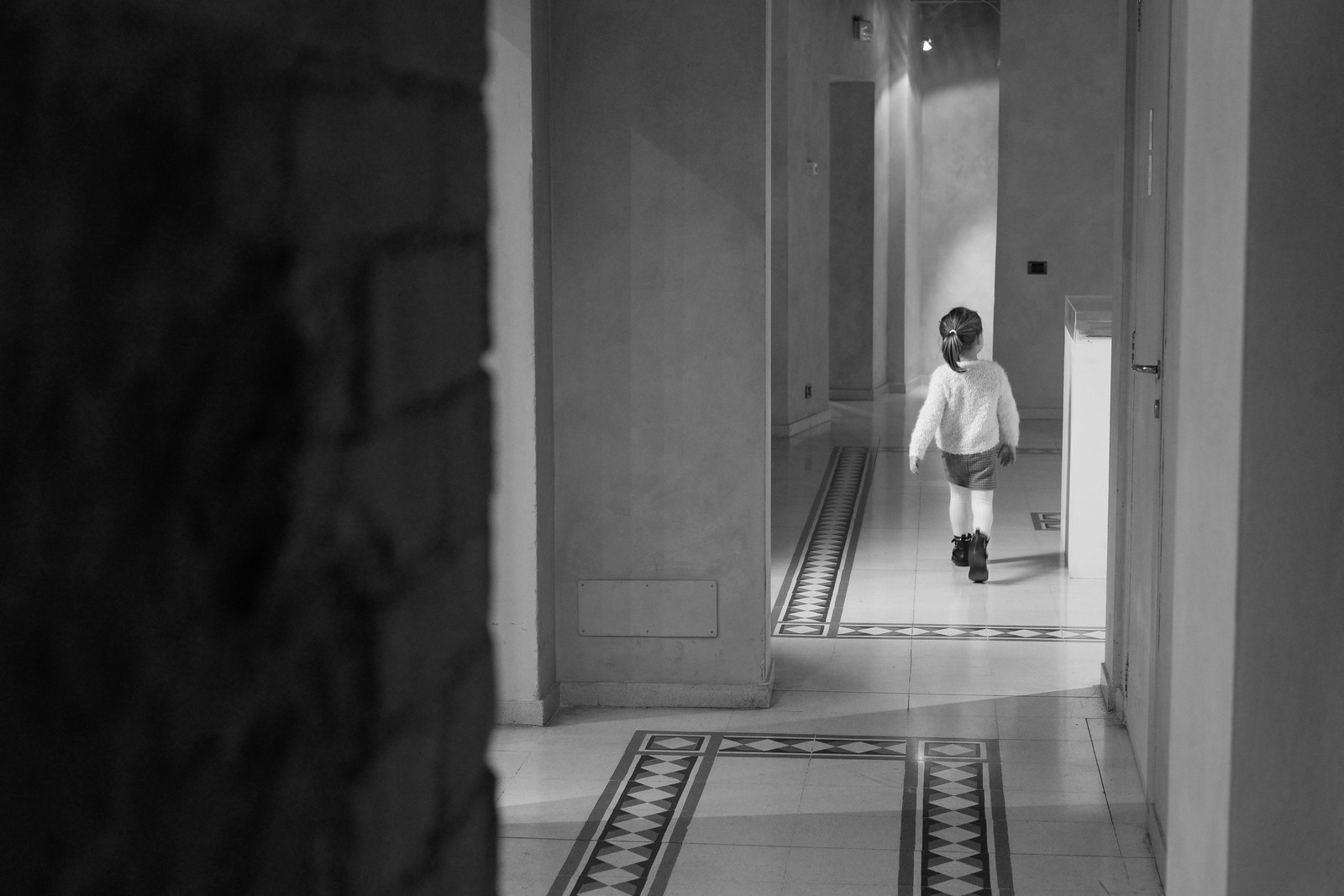
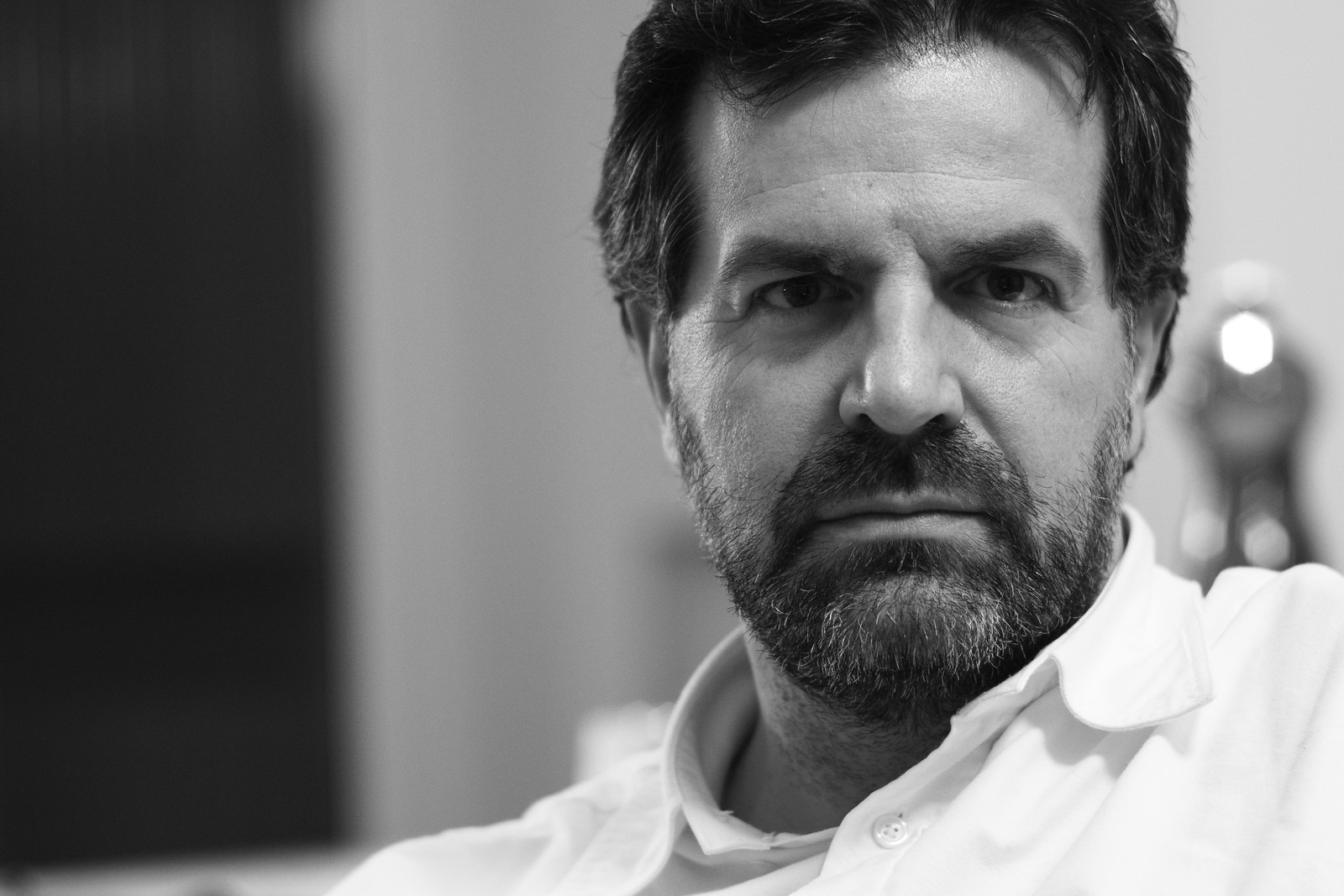
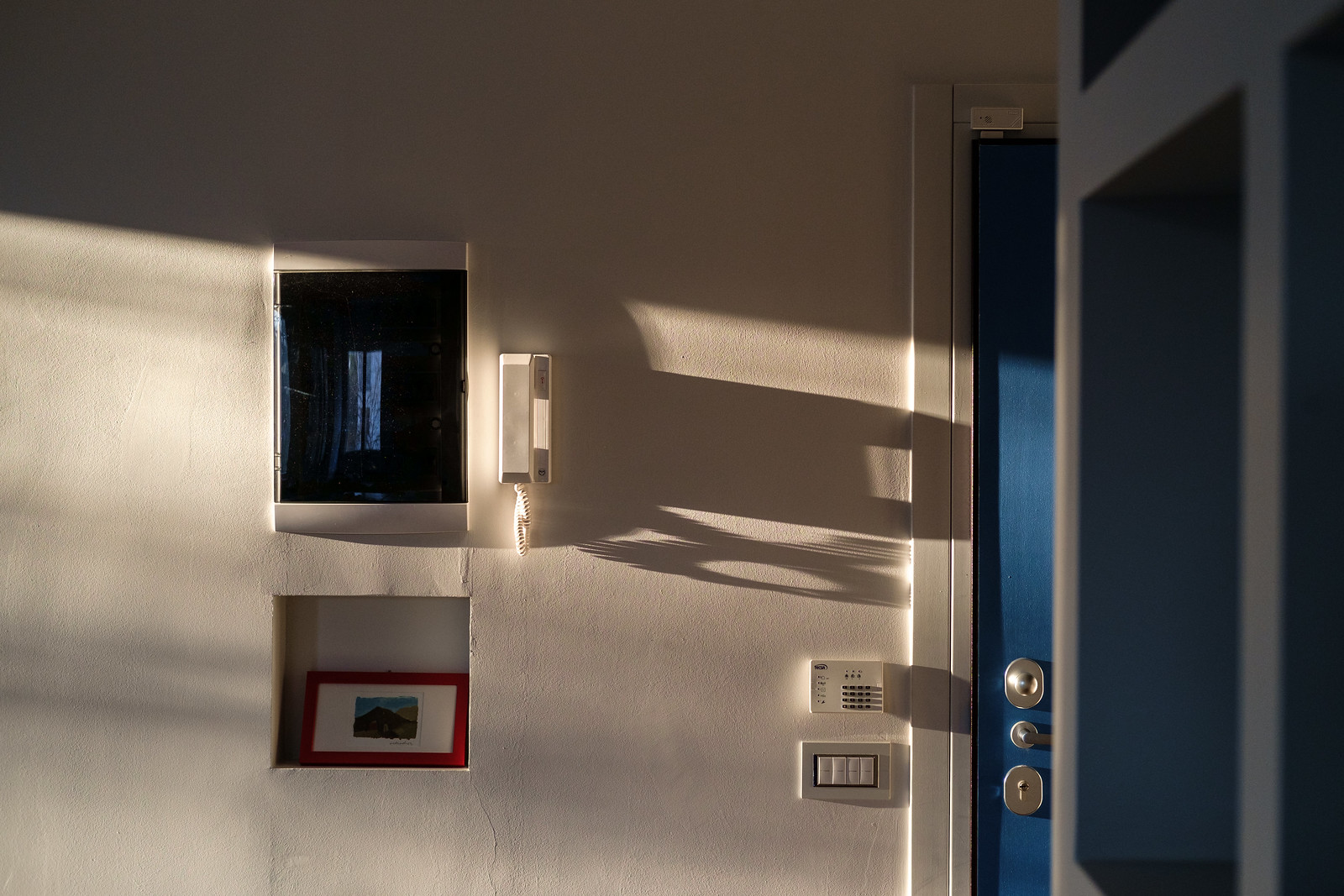
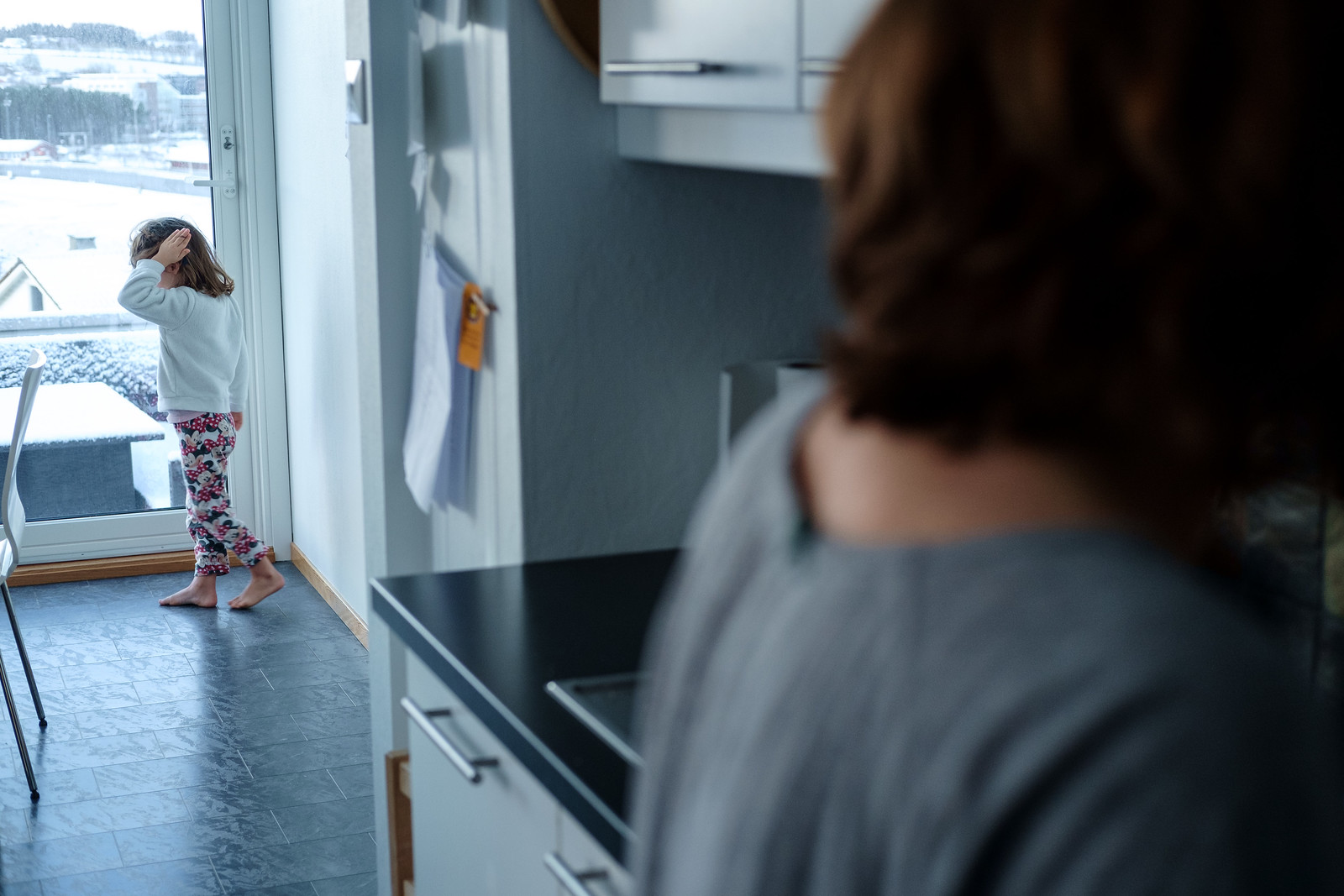

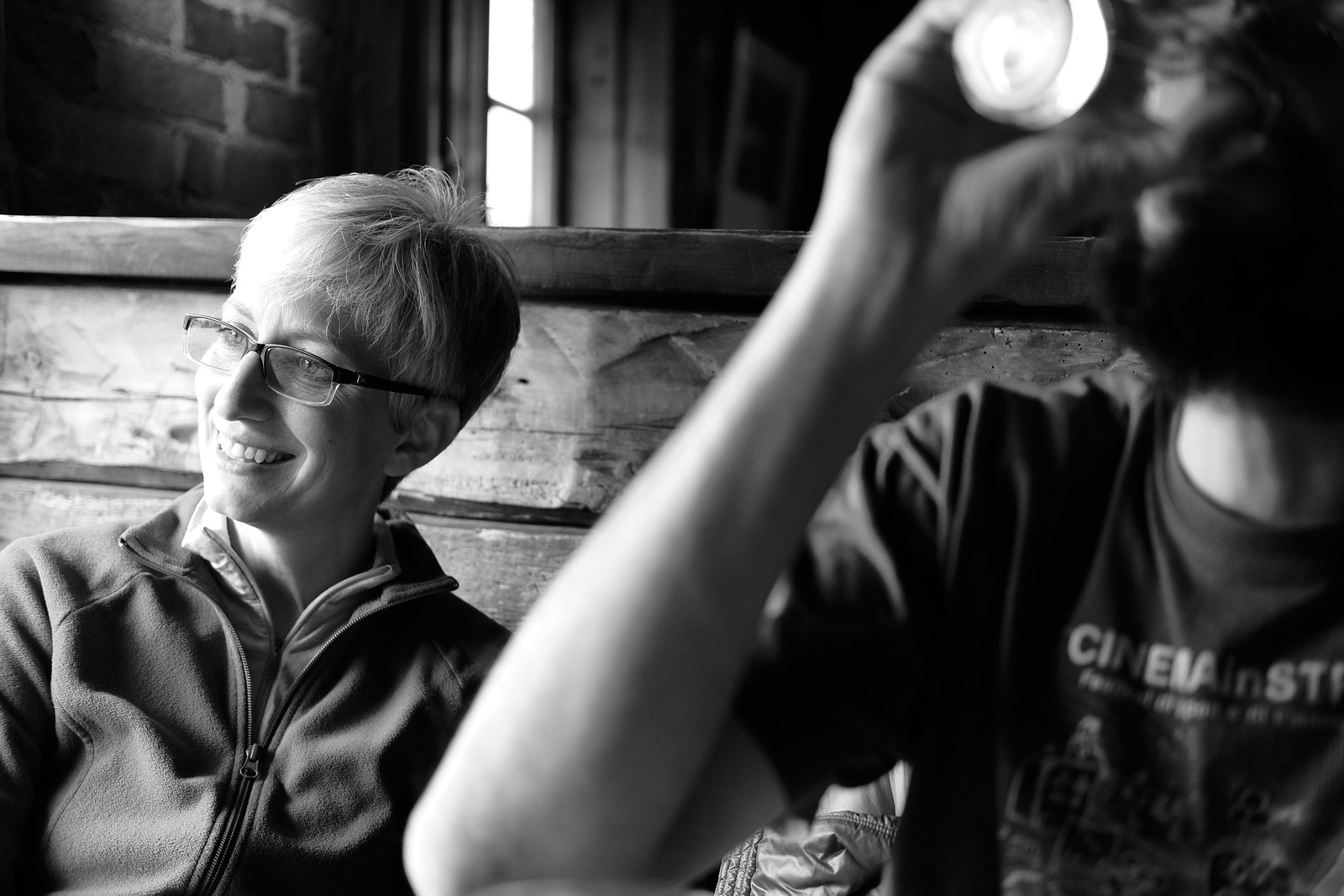
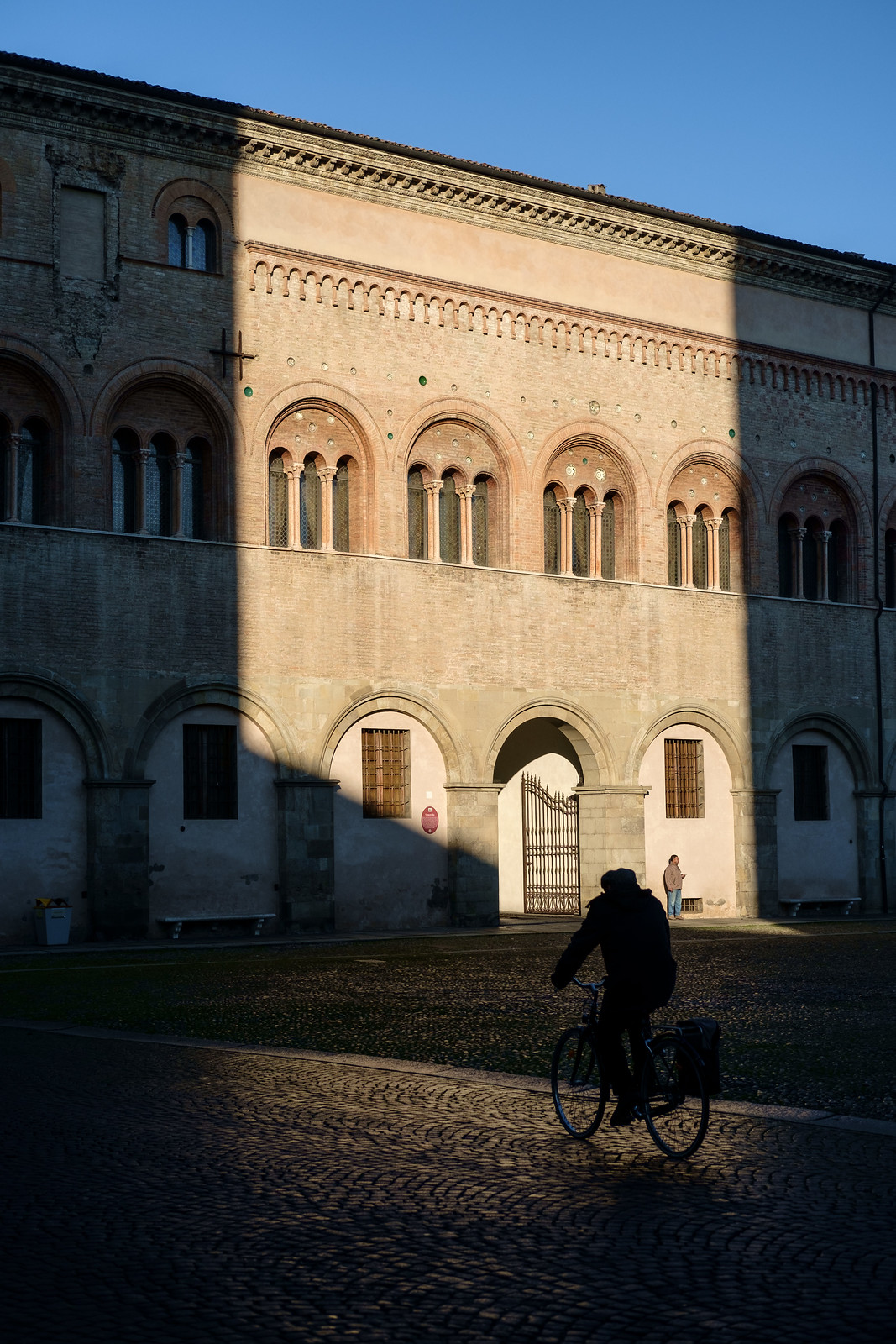
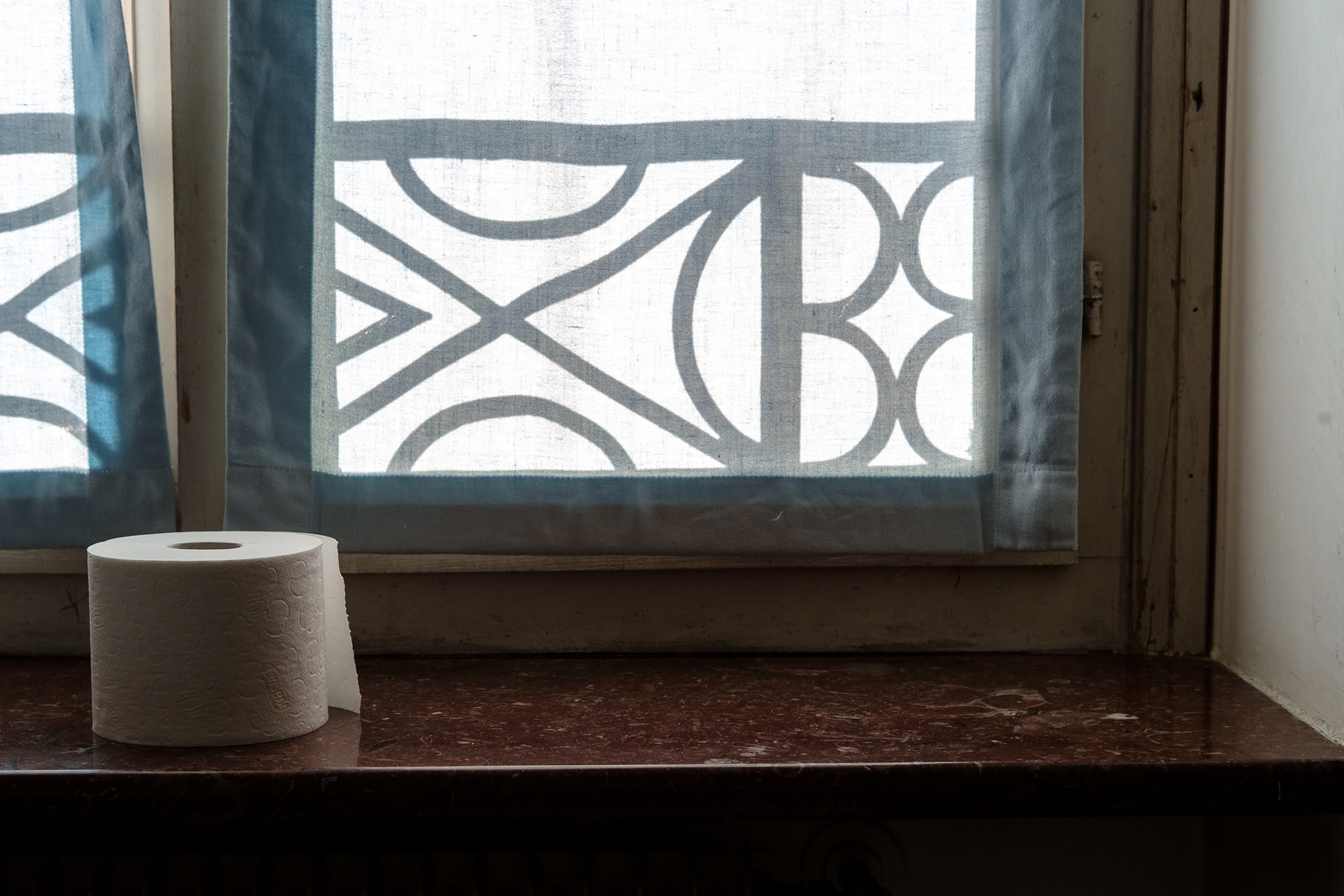

-
Is this really a 'proper' review? Am I a 'proper' reviewer? Well, I am certainly not a professional photographer nor a internet gear reviewer; the sparseness of my posts, the lack of wedding photos, the total absence of clickbaits or referral links on this site speaks for itself; I mostly write for myself and I have enjoyed in the past few years to write short notes about cameras that I have purchased and used. I call them "non-reviews", and I've made them public just because I think that other people may benefit from an alternative view at this sort of things, which is -- you don't always need the latest gizmo to have fun or make real work. Quite interesting to notice that just in these days a much better writer/photographer than me (quite possibly also a better human being, who knows), wrote about the silliness of camera reviews written by adolescents after having used a camera for a few days. ↩
-
But only to a certain kind of photographer, the kind that finds little things to photograph in the corners of the daily life, that embraces the occasional blurry picture, that is not in a rush to take the definitive picture of his life because he knows it's a neverending quest. ↩